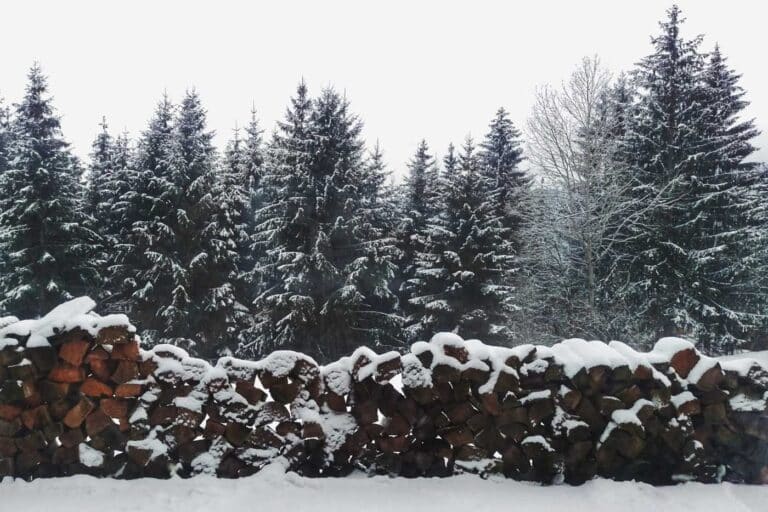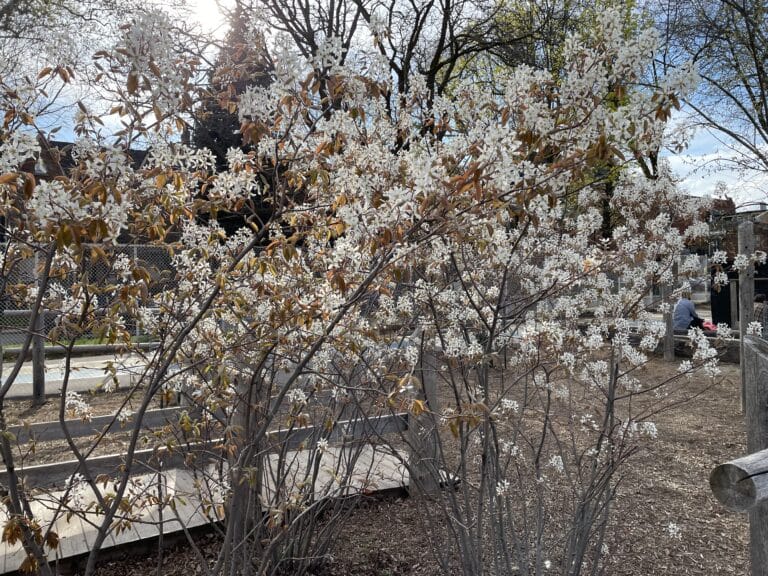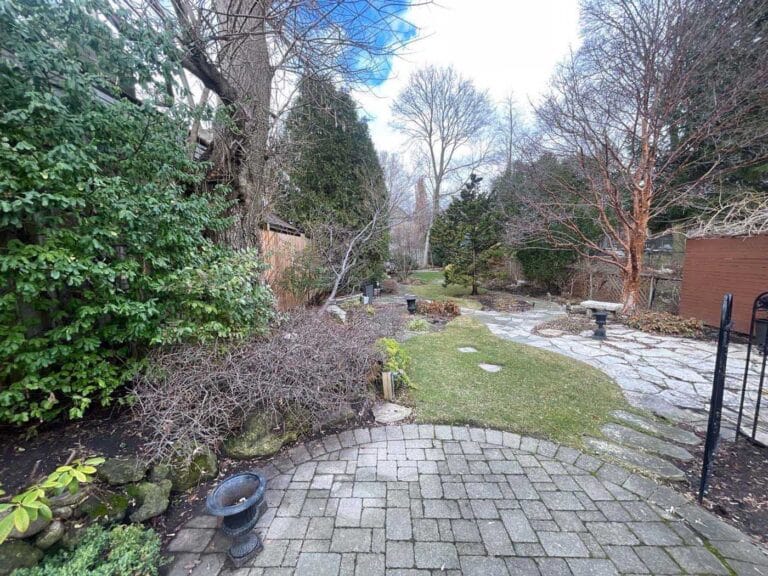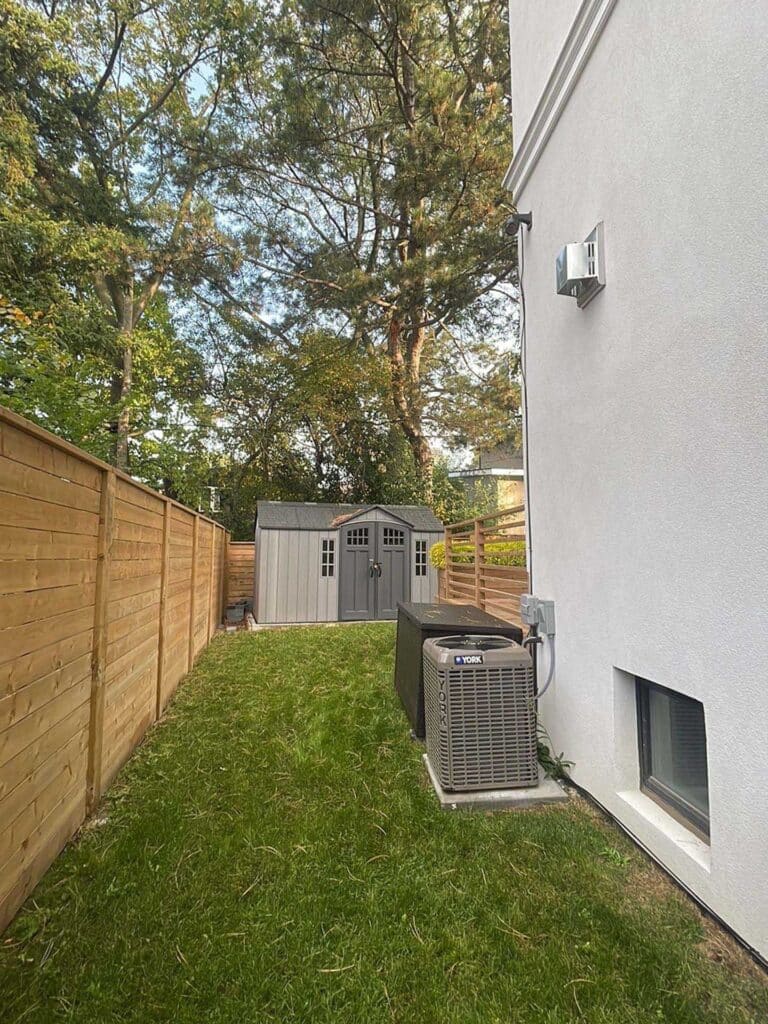Christmas trees have a distinctive shape — perfect for decorating with tree ornaments and lights, easy to turn into kindergarten craft projects. Unlike deciduous trees that lose their leaves in fall, the evergreens we use for holiday decorating — pines, spruces, firs and others — keep their needles and tend to grow in a pyramid shape.
How and why do Christmas trees get this look?
Evergreen Trees and Evolution
Coniferous trees evolved to survive in cold climates. Their shape has evolved in response to wind, snow and light.
They have a few advantages over deciduous trees:
- The needles capture sunlight year-round, since they don’t fall off when temperatures get cooler
- The thick coating of needles holds more water than regular leaves
- Needles survive in ice and snow
- Needles have lower wind resistance than flat leaves, meaning the tree is less likely to blow over during a storm
Deciduous trees, with long branches and a round, heavy crown, don’t grow well in cold climates and further north. The shape of conifers is much better adapted to windy or barren landscapes.
Photosynthesis

Snow and Ice
Evergreen trees’ pyramidal shape also helps to keep heavy, wet snow off the upper branches. Unlike deciduous trees, which can often lose branches under the weight of snow or ice during winter storms, evergreens usually weather these conditions well.
Conifers have shallower roots than deciduous trees. Long and sturdy roots help keep deciduous trees standing during storms. But with coniferous trees, the needle shape and the triangular shape of the tree helps provide greater wind resistance, helping trees keep standing during windy weather.
Do All Evergreens Have the Same Shape Naturally?
Actually, only a handful of the world’s 630 coniferous tree species have this distinctive shape naturally. Those trees are mainly spruces and firs.
Pine trees often start out with a cone shape as seedlings, but become rounded or irregular as they get taller. It takes dedication from Christmas tree growers to prune pines into the shape we’re familiar with on tree lots in December.
The shape we recognize as a Christmas tree comes from northern European holiday traditions.
Northern European evergreen trees are most likely to grow in a cone shape. This is in part due to the reduced hours of light in wintertime, as well as the sun hitting the ground at a lower angle than here in North America, closer to the equator. The distribution of branches helps ensure that the limited sunlight can reach all parts of the tree.
Christmas Tree Pruning
Christmas tree growers work to prune trees into cone shapes to sell to holidaymakers on tree lots. Once a tree reaches a height of around 1 metre, the branches are trimmed after the spring to direct growth into a pyramidal shape. This continues until the tree reaches about 6-8 years old, at which time it may be headed for your home.
Whether in your living room or your yard, evergreen trees can provide a beautiful, festive look to the season and all winter long.
If you’re looking for some real-life Christmas tree pruning on your property, contact Vista Tree today to find out more about how to keep your evergreens healthy!








